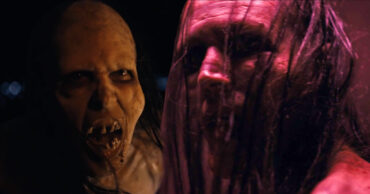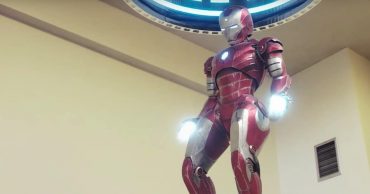When it comes to classic horror movies, John Carpenter‘s Halloween stands tall and proud amongst the bunch. After its release in 1978, it quickly became a smash hit and set the trend for an array of slasher movies in which teenagers are stalked by crazed killers. Although many imitators were successful and turned into popular franchises, many movie fanatics still hail John Carpenter’s Halloween as the greatest slasher movie of all time.
After the movie’s glaring success, a plethora of sequels and reboots have followed. While it can be argued that none have matched the original, there are still some notable entries. So, from the iconic original to the most recent reboot, let’s dive into the legacy of Halloween on its 45th anniversary.
Delving Into John Carpenter’s Original Halloween
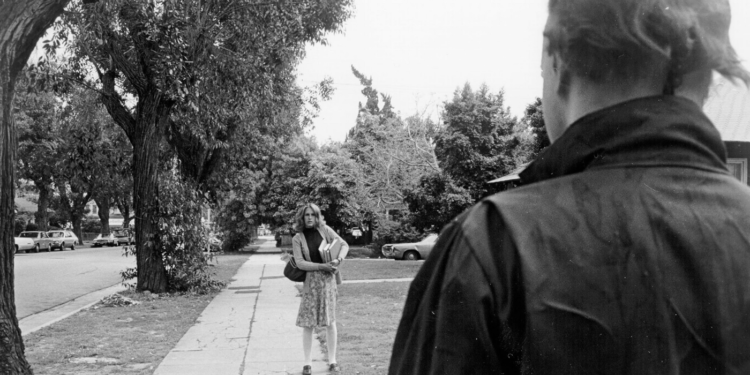
Before the release of Halloween, John Carpenter had already started to make a name for himself. In 1976, he released his second feature film, Assault on Precinct 13. The crime thriller focuses on a police officer, two criminals and a station secretary who must defend themselves when a bloodthirsty street gang form a siege on a defunct Los Angeles precinct. Although the movie wasn’t a horror, its intense nature still made it equally as terrifying. What’s more, the film gathered notoriety for its opening scene in which a child is shot and killed. This soon attracted the attention of renowned producer, Irwin Yablans.
After being so impressed with Assault on Precinct 13, Yablans enlisted Carpenter to write and direct a movie for him. This movie was originally a mere concept about a group of babysitters who are stalked by a maniac. Carpenter agreed to take on the project, however, he had some demands. Carpenter insisted that his name would be above the title and he would receive full creative control. Yablans agreed and requested that the movie be set on Halloween night. With that, the project became “John Carpenter’s Halloween.”
Right from the beginning of the movie, Halloween lures the viewer in with a first person camera angle of a knife wielding person spying on a young woman. To get such a shot, Carpenter used a steady cam to form one long take that hooks the audience. At the end of the shot, the woman is brutally stabbed to death and a young Michael Myers is revealed to the audience. The next frame of the film skips forward to Halloween night 1978, where an older and stronger Michael Myers wreaks havoc once again. His intended victim – Laurie Strode (played by Jamie Lee Curtis).
Unveiling the Standout Sequels of the Halloween Franchise
Halloween II (1981)
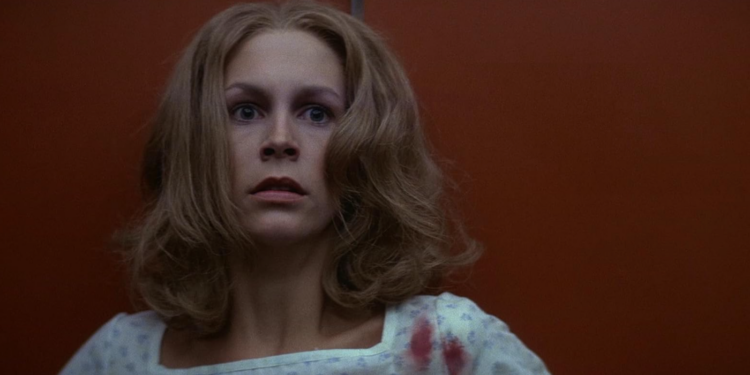
Halloween II is the bone-chilling sequel to the original movie that rocked cinemas all over the world. This sequel was released four years after the original masterpiece and the plot takes place on the same night as the original. In the sequel, Michael Myers continues his relentless pursuit of Laurie Strode as she tries to survive the night while being trapped in a hospital. Although John Carpenter didn’t direct Halloween II, he did write the screenplay together with original writing partner, Debra Hill. The film unveils the chilling revelation that Laurie Strode is actually Michael Myers’ sister, taking the already eerie plot to new, unfathomable heights, and setting the precedent for the other entries thereafter. Overall, Halloween II was a welcomed addition to the Halloween franchise, and thanks to its involvement of Carpenter, stands out as the best sequel of the Halloween universe.
Halloween 4: The Return of Michael Myers (1988)
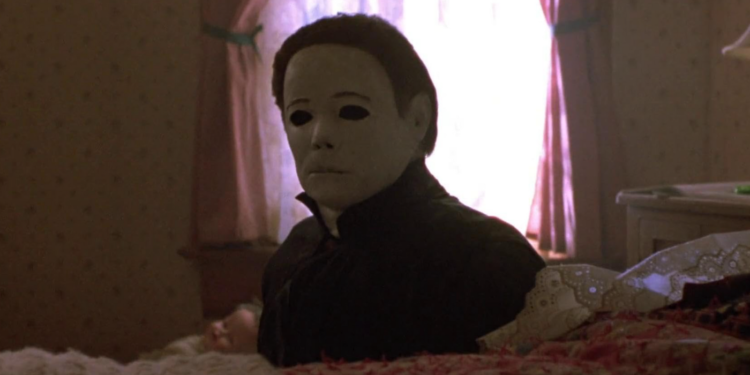
Halloween 4: The Return of Michael Myers hit theaters in 1988. It once again follows the story of Michael Myers, who was thought to have been killed, but returns to his hometown to continue his killing spree. The film was a return to the original concept after Halloween: Season of the Witch deviated from the Michael Myers story yet kept the name of Halloween. This was heavily criticized by fans of the first two movies, making Halloween 4: The Return of Michael Myers much-anticipated, and it certainly lived up to the hype. However, this time around, Michael sets his murderous intentions on his young niece, Jamie (Danielle Harris). The film’s plot is intense, gruesome, and suspenseful, making it a standout movie for the Halloween franchise. Despite the critics’ mixed reviews, die-hard fans often hail it one of the best sequels in the series.
Halloween H20: 20 Years Later (1998)
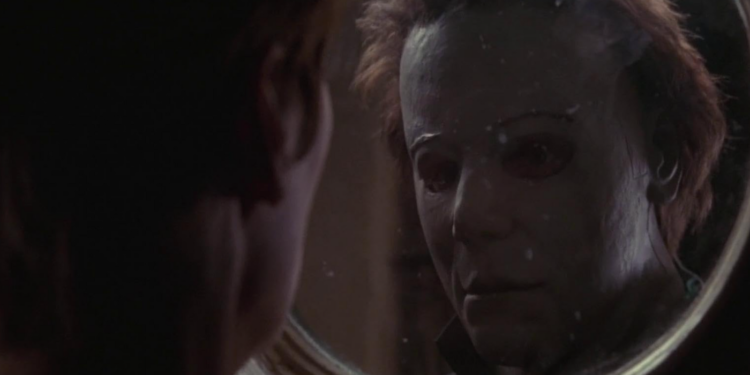
Halloween H20: Twenty Years Later was released in 1998, serving as the seventh installment in the Halloween film franchise. The plot centers around the return of Michael Myers, who has been searching for and targeting his sister Laurie Strode, who has assumed a new identity and is working as a dean at a private school in Northern California. This movie marked the return of Jamie Lee Curtis as her iconic character, Laurie Strode, for the first time since Halloween II. The film received mixed reception, but many praised its tone and ability to echo the haunting terror of John Carpenter’s original masterpiece. Overall, Halloween H20: Twenty Years Later remains a staple in the Halloween franchise, with fans flocking back to it for its thrilling premise and engaging story.
Comparing the Multiple Reboots of Halloween
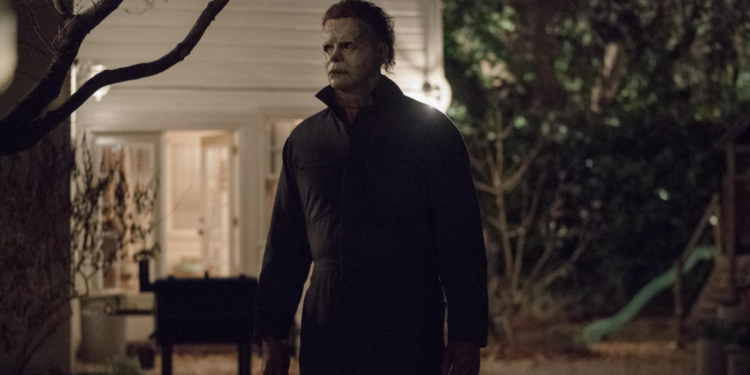
Rob Zombie and David Gordon Green are two innovative filmmakers who tried their hands at rebooting the Halloween franchise. In 2007, Rob Zombie served up much more of a reimagining. To that, he certainly managed to make the movies darker, exploring the troubled and abusive home life of a young Michael Myers. In doing so, he created a much more visceral and shocking experience that held a lot more weight and grit.
On the other hand, David Gordon Green’s 2018 film, simply titled Halloween, took a different route and remained respectful to John Carpenter’s original classic. Green’s reboot completely ignored all other sequels in the franchise and caught up with Laurie Strode 40 years after the events of the first movie. We catch up to Strode as a tough old woman drenched by years of paranoia as she waits for Michael to return. This plot decision allowed Green to explore the character of Laurie in a much more personal way, and it resulted in an emotionally charged film that was also great homage to the original. However, Green lost steam in the sequels, Halloween Kills and Halloween Ends, as he attempted to inject new themes and concepts into the movies that didn’t land with die-hard fans or critics.
 Follow Us
Follow Us
